
Japanese Garden Tools Vs. American: What’s the Difference?
You may have seen Japanese gardening tools popping up more in stores and online. Sure, they&rs… Read More

Love it or hate it, pruning is a huge part of gardening. It’s often made out to be more complicated than it needs to be and if you prune incorrectly often the worst-case scenario is that you’ll prune off future flowers or prune it into an oddball shape that will need some time to correct itself.
But you can cause real damage using the wrong tools for pruning. Rough cuts or cuts that crush the stems are an invitation to disease.
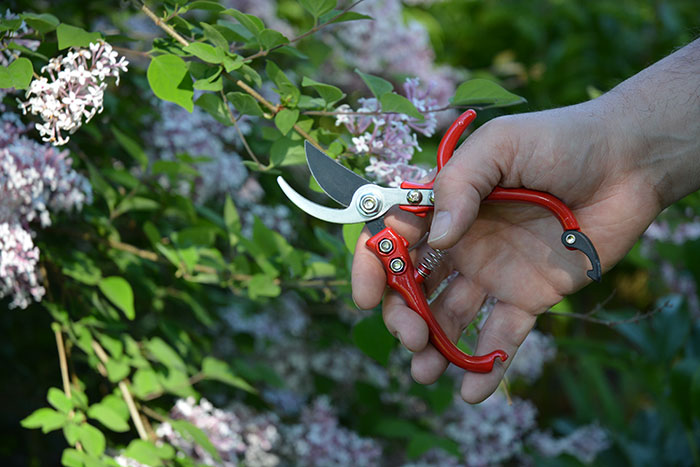
The basic rule is to use the right tool and make sure it’s sharp and clean (so there’s no chance of transferring disease). In the most general sense, the “right” tool is one that’s big enough to do the job but still be comfortable to use.
A good rule of thumb is that if you’re straining to prune using a particular tool, it’s probably time to size up.
Bypass pruners are practically a fourth limb for gardeners. They are the tool that is always at the ready, to snip off an errant stem or deadhead a flower. I can’t even think properly in my garden without my bypass pruners nearby.
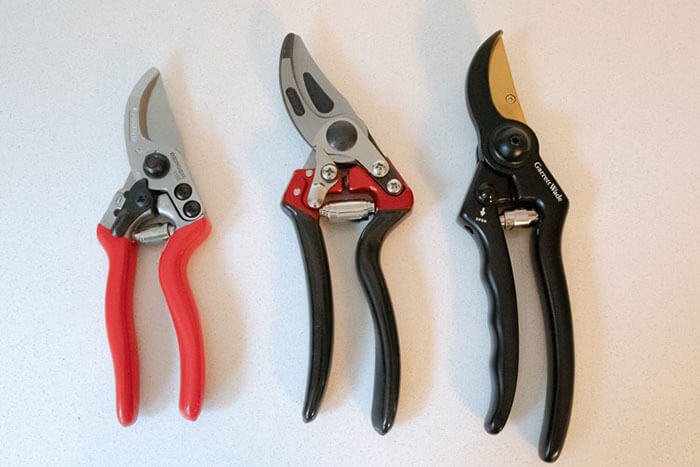
As the single most used tool in a gardener’s toolbox, it’s worth spending some time to find the right pruners. It’s a really personal decision that probably involves the weight, size, angle of the blade, material and a thousand other little details, but it ultimately comes down to feel. When you find the right pruners it feels like it was made for you.
The deciding factor for me is size. Although I don’t have particularly small hands (I wear size medium in nitrile gardening gloves), pruners that are too big never feel right to me. If I feel like I have to stretch my hand to fully open a pruner, it’s just too big.
The Small Berger Bypass Pruner is sort of a goldilocks tool for me: it’s just right. But there’s a compromise to be made: smaller pruners can’t tackle branches that are as big. So it’s nice to have a larger pruner handy for those jobs.
The Ergonomic Italian Hand Pruners with its wrist-friendly blade angle and the Ultra-Sharp Pruner, which opens a full inch, both have smooth movement, sharp blades and the size to prune most garden shrubs. They are what I reach for 90% of the time when pruning things like panicle hydrangeas.
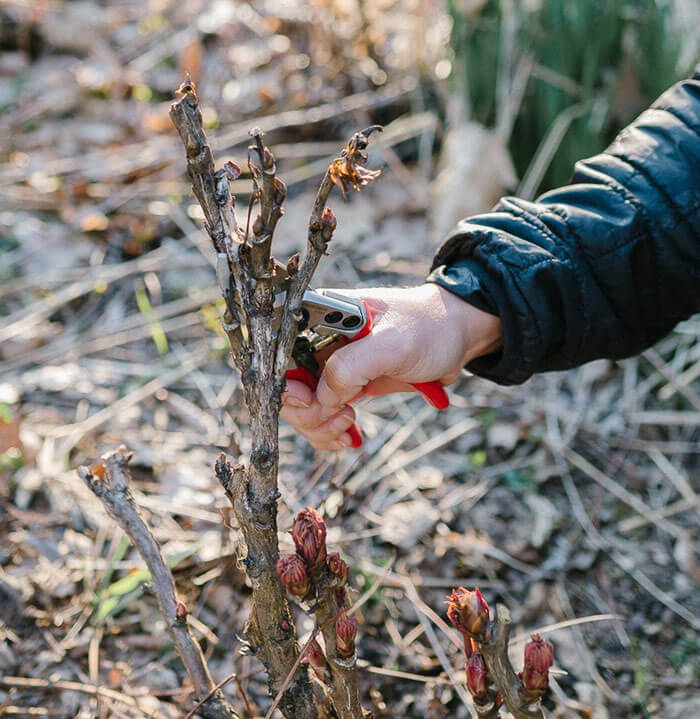
But the second you have to work a little too hard to make a cut, do your hand and your plant a favor and size up to a lopper or a pruning saw. More and more I find myself reaching for a folding pruning saw because it’s easier to get the right angle on a cut in a shrub or tree crowded with branches. A sharp saw cuts cleaner than a lot of loppers and almost as quickly.
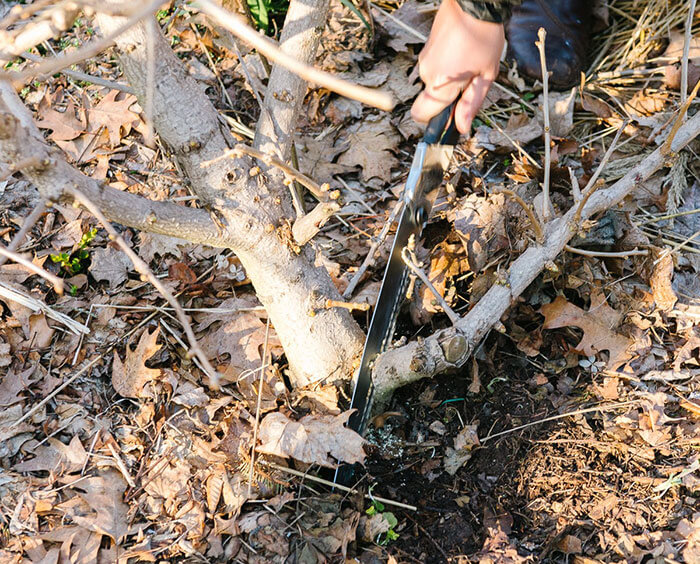
Pruning saws also come in handy when the target branch is up high as well. Let’s be honest: no one wants to haul out a ladder and start crawling up it with a sharp tool if the job can be done from terra firma.
A pruning saw on an extendable pole can handle branches that are quite big. The Jumbo Pole Saw and Pruner has a clasp that allows a clipping tool that nips a branch with the pull of a string to swap out quickly for the larger cutting saw and still manage to keep both tools firmly attached.
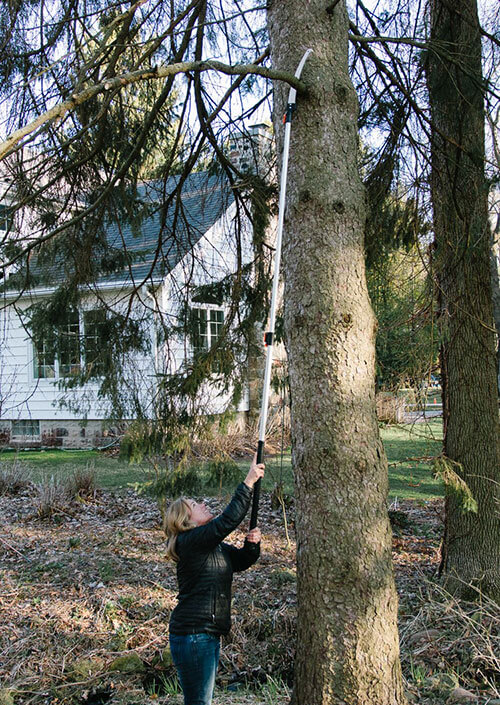
I like to use the clipping tool to cut farther down the branch to take the weight off it before switching to the saw to cut it cleanly at the trunk. This also has the added benefit of leaving less branch behind to fall on your head when it does come down. Timber, indeed.
Gardeners spend a lot of time worrying about when to prune, but I’d argue it’s more important to worry about what to prune with. It’s all about a clean cut and the right tool.
—Erin Schanen shares gardening inspiration and education at The Impatient Gardener.